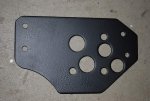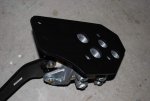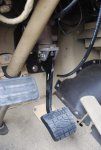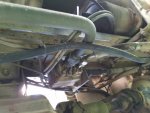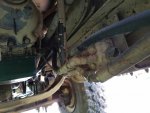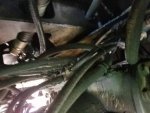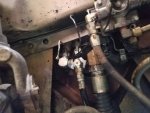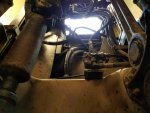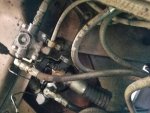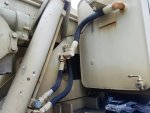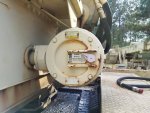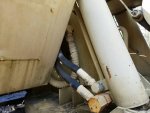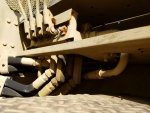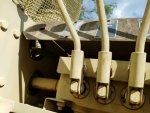Csm Davis
Well-known member
- 4,170
- 403
- 83
- Location
- Hattiesburg, Mississippi
Hey bud i just thought of something else that might need looking into, the tank size. I think at the very least you need to put a driver's side tank over there if not bigger. Or are you literally going to be moving and modifying the stock hydraulics tank down there? The passenger tank would cause the fluid to get to hot because it doesn't have enough volume. The stock tank can get really hot already any smaller and it would probably start damaging things.That 2" ish hose is the low pressure suction from the tank to the pump. I'm relocating the tank on mine to the chassis how wcuhillbilly mentioned so only the high pressure lines will be run through the swivel. All of those are 1".
Sent from my SM-G930V using Tapatalk


